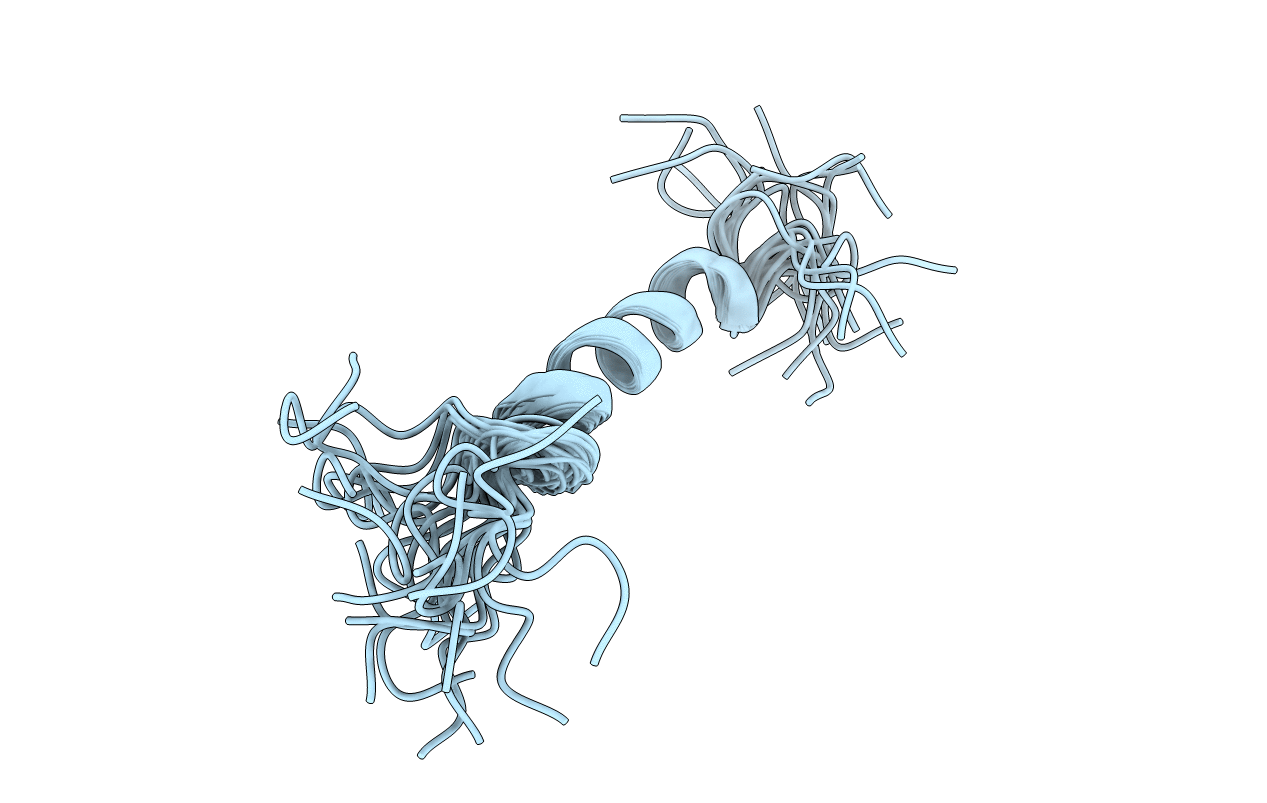
Deposition Date
2005-03-21
Release Date
2006-02-07
Last Version Date
2024-05-22
Entry Detail
Biological Source:
Method Details:
Experimental Method:
Conformers Calculated:
50
Conformers Submitted:
22
Selection Criteria:
structures with favorable non-bond energy


